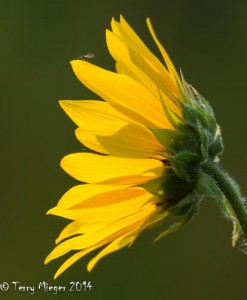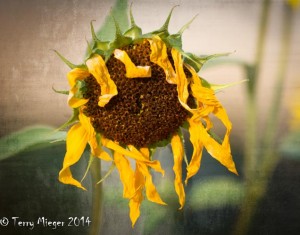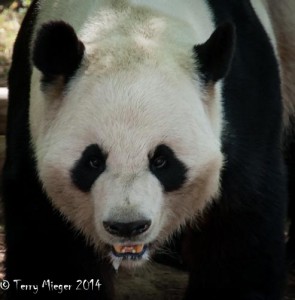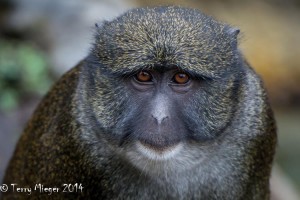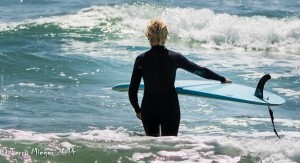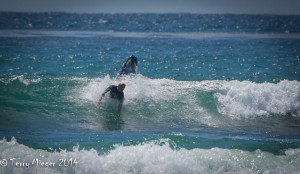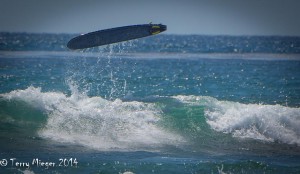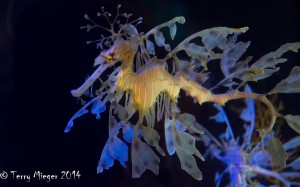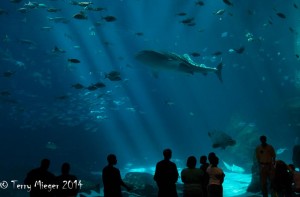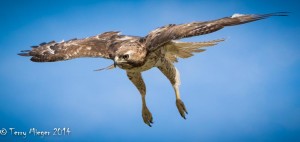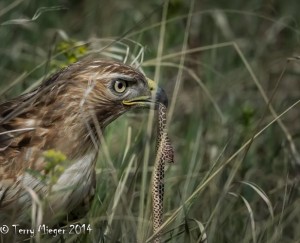Images from the Id – One in 5 Million or What Makes My Shot Better?
Every year the Grand Canyon has more than 5 million visitors and if you assume an average of 10 photographs per person that means 50 million images of the national park are taken each year. So how can yours be special and different?
Sunset with rich saturated colors from the especial light. An HDR of 5 images done in Photomatix Pro. Shutter form 1.5 sec to 1/3 sec F/22 ( don’t vary in HDR) 0 EV, 100 ISO
First: The light is the most important. Plan for at least one sunrise and one sunset. Your best light, as I say many times, is one to two hours before sunset or after sunrise. You cannot fix this in Photoshop or anything else for many reasons. The color of the canyon is total different at other times, this is where the beautiful warm reds and oranges come from that we like so much. Really serious? Get the smartphone app “The Photographer’s Ephemeris” I will not only tell you the time of sunrise and sunset for different dates but the location on the horizon of the Sun and Moon rising and setting. These all can be significant in picking the place on the rim to shoot from.
Second: Use a tripod- this gives much more versatility. It is important to be flexible with your exposure setting and depth of field. It also open the possibility of shooting exposure brackets for High Dynamic Range (HDR) images. These images show detail over a large range of “brightness” and sell.
Third: Look for composition. Try using trees, bushes or structures to give a landscape a partial frame. Some times that isn’t needed just another tool
Fourth: Look for different subjects. Try macro-landscapes, taking a telephoto image of a small part of the scene.
Fifth: Take a lot of shots and practice new techniques.
Even noon light can work by letting us into the inner canyons HDR saves the shot. 5 images done in Photomatix Pro. Shutter form 1/30 sec to 1/500 sec F/11 ( don’t vary in HDR) +2 EV, 200 ISO




